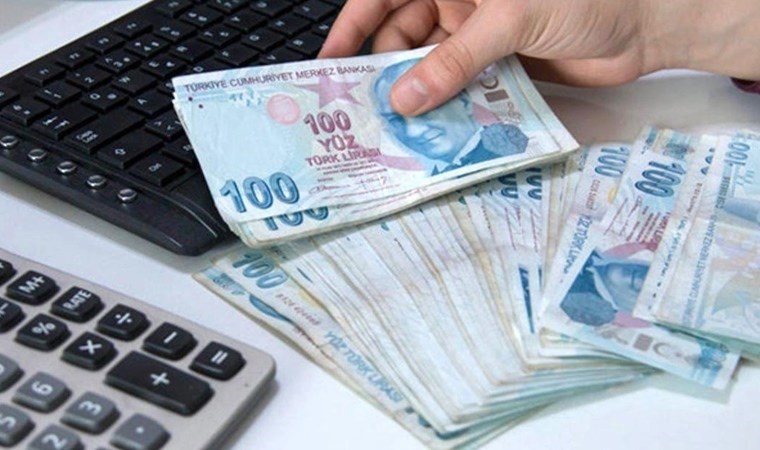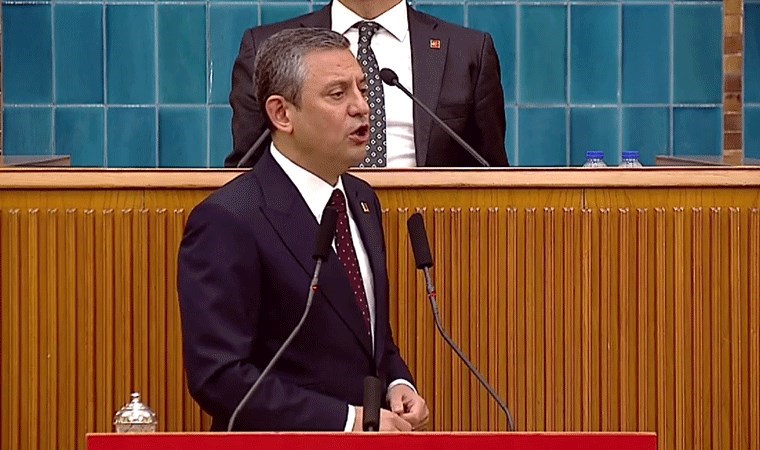Japan prepares to release Fukushima water
Despite facing opposition, Japan's Fukushima nuclear plant operator is preparing to release treated water on Thursday.

The Tokyo Electric Power Company (TEPCO) has utilized a facility known as a discharge vertical shaft to contain the treated and diluted water, as reported by NHK News on Wednesday.
"Each ton of treated water has been mixed with approximately 1,200 tons of seawater," NHK added.
While the International Atomic Energy Agency has asserted that the release of nuclear waste would yield "negligible radiological impact on people and the environment," it declined to endorse Tokyo’s decision. The watchdog will provide regular updates on the discharge of the treated radioactive water.
Tokyo has faced extensive criticism, particularly from neighboring countries such as China.
According to a research report from Tsinghua University, cited by the Beijing-based daily Global Times, "The nuclear-contaminated wastewater released from Japan's Fukushima nuclear power plant will reach the coastal waters of China 240 days after dumping and will cover almost the entire North Pacific Ocean in 1,200 days."
Opposition and Concerns
Japan's plans have been met with denunciation from South Korea's main opposition Democratic Party. Lawmaker Lee Jae-myung from the Democratic Party declared, "We strongly condemn Japan's contaminated water release," as reported by Yonhap News based in Seoul.
He further stated, "Japan's release of nuclear-contaminated water will be recorded as the Second Pacific War."
In response, Hong Kong will impose a ban on seafood imports from at least 10 regions in Japan.
The Initial Phase
In the first phase, Japan will dilute 7,800 tons of treated water with seawater, with the diluted water set to be released over a period of 17 consecutive days.
The TEPCO complex holds around 1.3 million tons of treated water, and due to limited storage capacity, Japan has opted to release the water into the ocean.
The Catastrophic Event
In March 2011, a massive magnitude 9.0 earthquake triggered a tsunami that disrupted the backup electric supply at the power plant situated on Japan's northeastern Pacific coast. This catastrophe led to meltdowns in three of the plant's reactors.

En Çok Okunan Haberler
-
 Diğer oğlu da tutuklandı!
Diğer oğlu da tutuklandı!
-
 'Erken seçim' ve 'Demirtaş' yanıtı
'Erken seçim' ve 'Demirtaş' yanıtı
-
 AKP ve CHP arasındaki fark açılıyor!
AKP ve CHP arasındaki fark açılıyor!
-
 Görevlerine son verilmesi talebiyle dava açıldı
Görevlerine son verilmesi talebiyle dava açıldı
-
 İddia: Reza Zarrab Miami'de evleniyor
İddia: Reza Zarrab Miami'de evleniyor
-
 Yılmaz Özdil kalp krizi geçirdi
Yılmaz Özdil kalp krizi geçirdi
-
 Oğluna sahip çıktı, Özel'e hakaret etti!
Oğluna sahip çıktı, Özel'e hakaret etti!
-
 İşte 2 milyon liranın aylık faiz getirisi
İşte 2 milyon liranın aylık faiz getirisi
-
 ‘Öcalan istedi, heyete katıldı’
‘Öcalan istedi, heyete katıldı’
-
 Özel'den 'Beşiktaş Belediyesi' tepkisi!
Özel'den 'Beşiktaş Belediyesi' tepkisi!